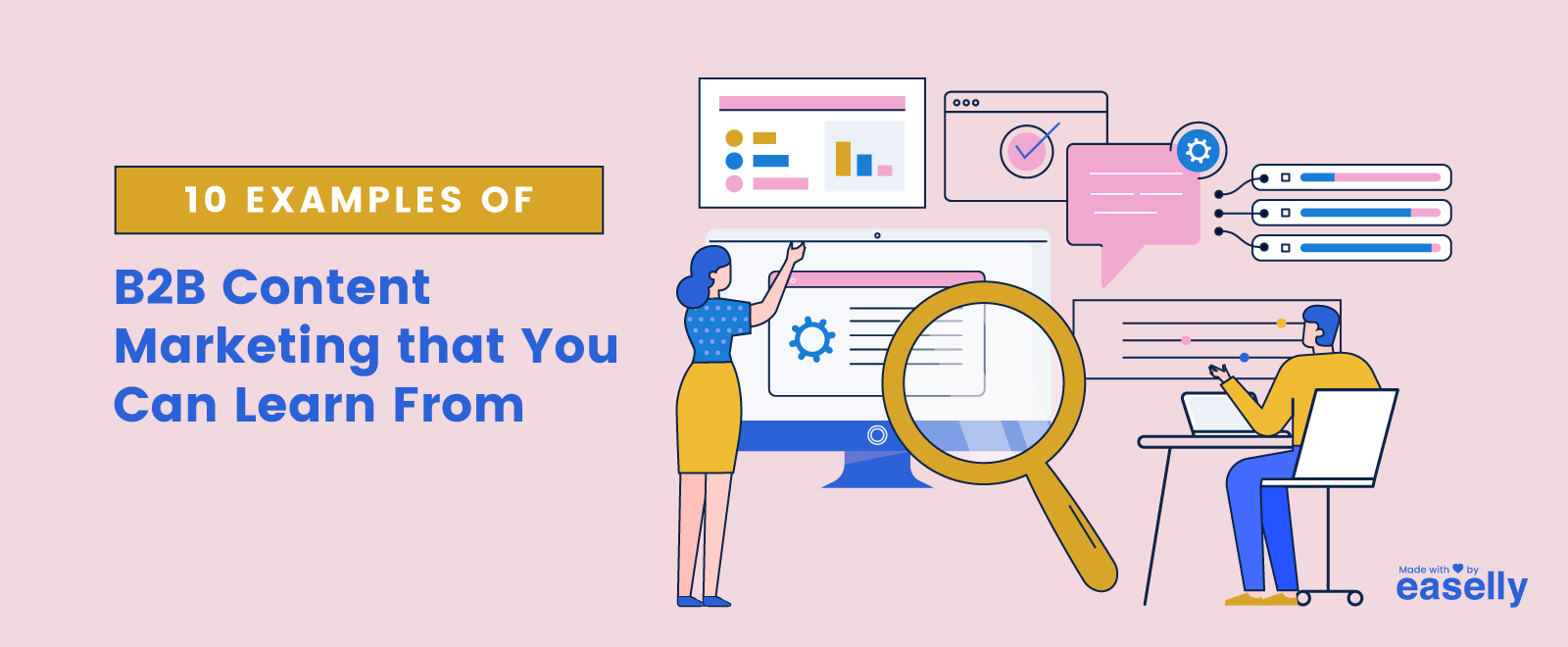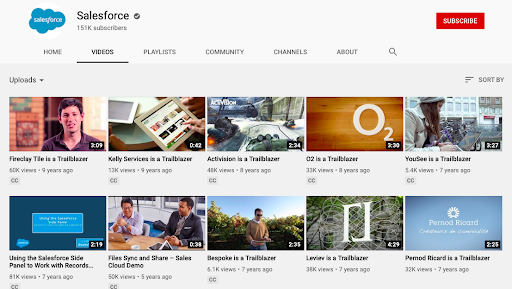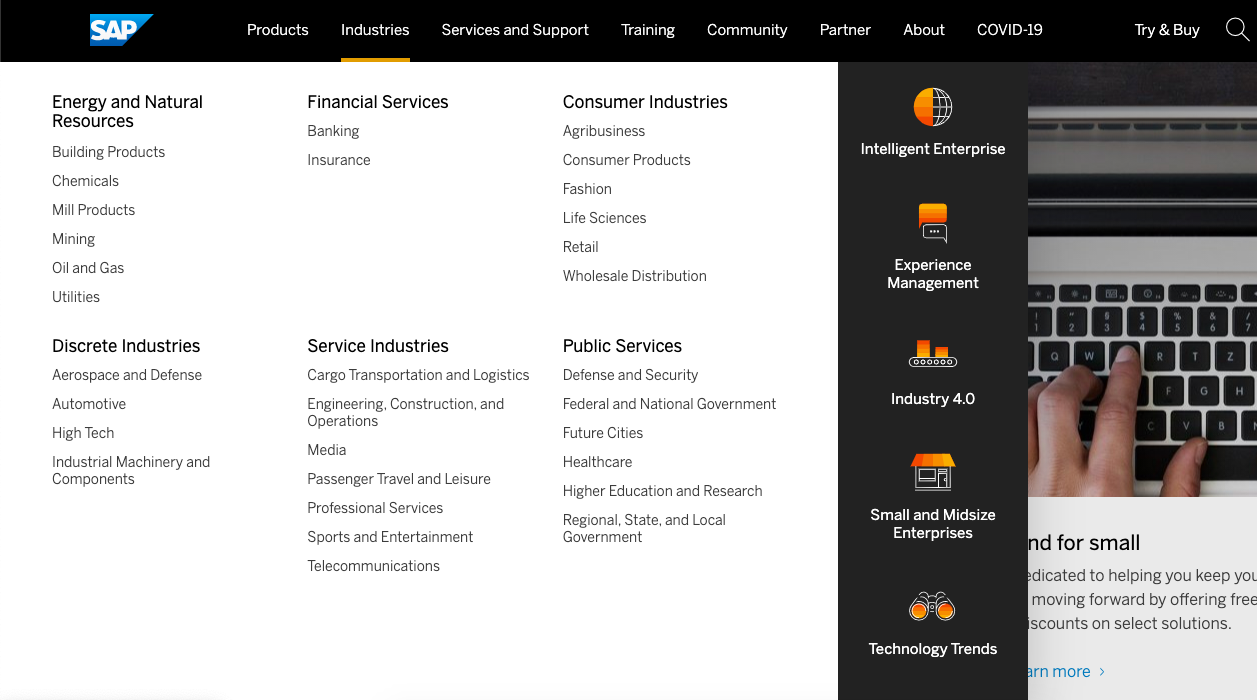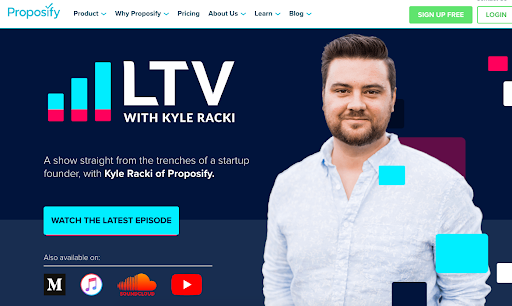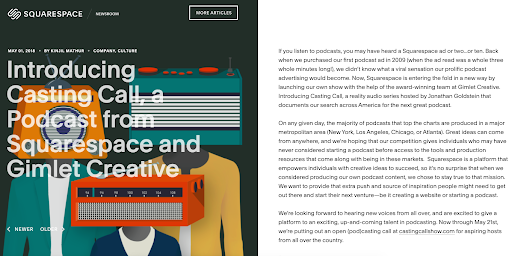Content marketing continues to be a top priority for B2B enterprises as content budgets continue to soar.
However, most well-known marketing success stories are usually from the B2C marketers as they seem to have more creative control, flexibility, and fun with their campaigns.
Equating business content marketing with unimaginative content and rigid strategies is a mistake that many within the marketing industry also tend to make.
But if done right, B2B content marketing can enhance audience engagement, bolster brand affinity, and create a sustainable flow of leads.
With that said, there are challenges galore in coming up with effective B2B marketing tactics.
While some B2B marketers struggle to streamline processes between content timelines and sales, others miss the mark by inserting too much self-promotion in their content.
Navigating the complex world of B2B content marketing is no easy feat.
How can B2B enterprises stand out with their marketing, nudge potential customers to take the right action, and support them throughout their journey?
Let’s find out below!
The difference between B2B and B2C marketing
B2B marketing tactics take the same fundamentals of consumer-based marketing and execute them in a business setting. However, there are subtle differences between the two as well.
Among the significant changes is the approach; instead of emotional triggers that B2C marketing frequently deploys, B2B marketing needs to demonstrate value consistently.
Similarly, since the decision-making time and number of decision-makers are high, personalized, one-on-one interaction is a necessity.
Like any other form of marketing, B2B marketing focuses on cultivating lasting relationships with their customers.
Digital marketing has revolutionized B2C marketing over the past decade and is slowly rewriting the rules of the B2B segment as well. Most marketers struggle to adapt new-age marketing tools and technologies in B2B strategies, as they have been traditionally more offline than online.
Naturally, running only paid ad campaigns doesn’t cut it anymore.
10 successful examples of B2B content marketing
For a sustainable B2B marketing funnel, businesses need to invest in quality content marketing using modern tools.
This is because B2B content isn’t made for clicks, but engagement, providing information, and establishing a connection.
Here are 10 stellar examples of B2B content marketing done right and what you can learn from them.
Hubspot
HubSpot’s content marketing game is solid, so much so that it actually defined the term “inbound marketing.”
If you search for anything related to marketing or sales, you will most probably find content from HubSpot ranking near the top. They have comprehensive resources: long-form content, templates, best practices, illustrated examples, and a compelling visual identity that help small and medium businesses gather the right information.
HubSpot’s top funnel is so wide that it gets plenty of traffic and then successfully converts those visitors into leads with excellent CTAs.
These include giving away free eBooks, webinars, kits, reports, original research, white papers, quizzes, and so much more. Their quality, publication, and engagement are consistent and laser-focused on providing in-depth knowledge to their readers.
The company’s B2B content marketing helped it grow exponentially over the past few years and made it one of the world’s most popular CRM vendors.
Salesforce
Salesforce might be among the world’s top CRM, but it has a solid B2B content marketing strategy in place to maintain the position.
Diversification of the content using videos, slideshares, and use cases helped the company increase traffic from organic and paid sources. The company also created a thriving community where clients and customers interact directly with experts, creating relevant content.
Salesforce has a comprehensive blog that offers resources related to sales, marketing, IT, and customer service for small businesses.
Furthermore, leveraging the value of video content, the company also maintains a YouTube channel with interviews, troubleshooting videos, demos, and other content.
These efforts ensured that SalesForce continues to be a formidable name in the industry and maintains a brand reputation like no other.
SAP
The world’s largest provider of enterprise software and tools needs a powerful B2B marketing strategy to appeal to diverse businesses.
The company created a customized content marketing strategy for 19 industries and integrated all these segments into one consistent brand and resource. By providing industry-specific content to transform digitally, SAP gives practical and straightforward guides to help businesses start their digital journeys.
The company deploys a diverse range of communication tools, including emails, blogs, social media, virtual and in-person events, outbound calling, and account-based marketing tactics to engage the right decision-makers.
By using customized content marketing strategies, SAP managed to target leaders and stakeholders in crucial industries and develop a robust lead-generation cycle.
Mailchimp
While social media engagement is a significant constituent of most B2B marketing campaigns, MailChimp took it to the next level by profiling real customers on their Instagram handle.
The posts highlight how MailChimp helps businesses achieve their goals and help demonstrate the service’s many creative uses to the right audience.
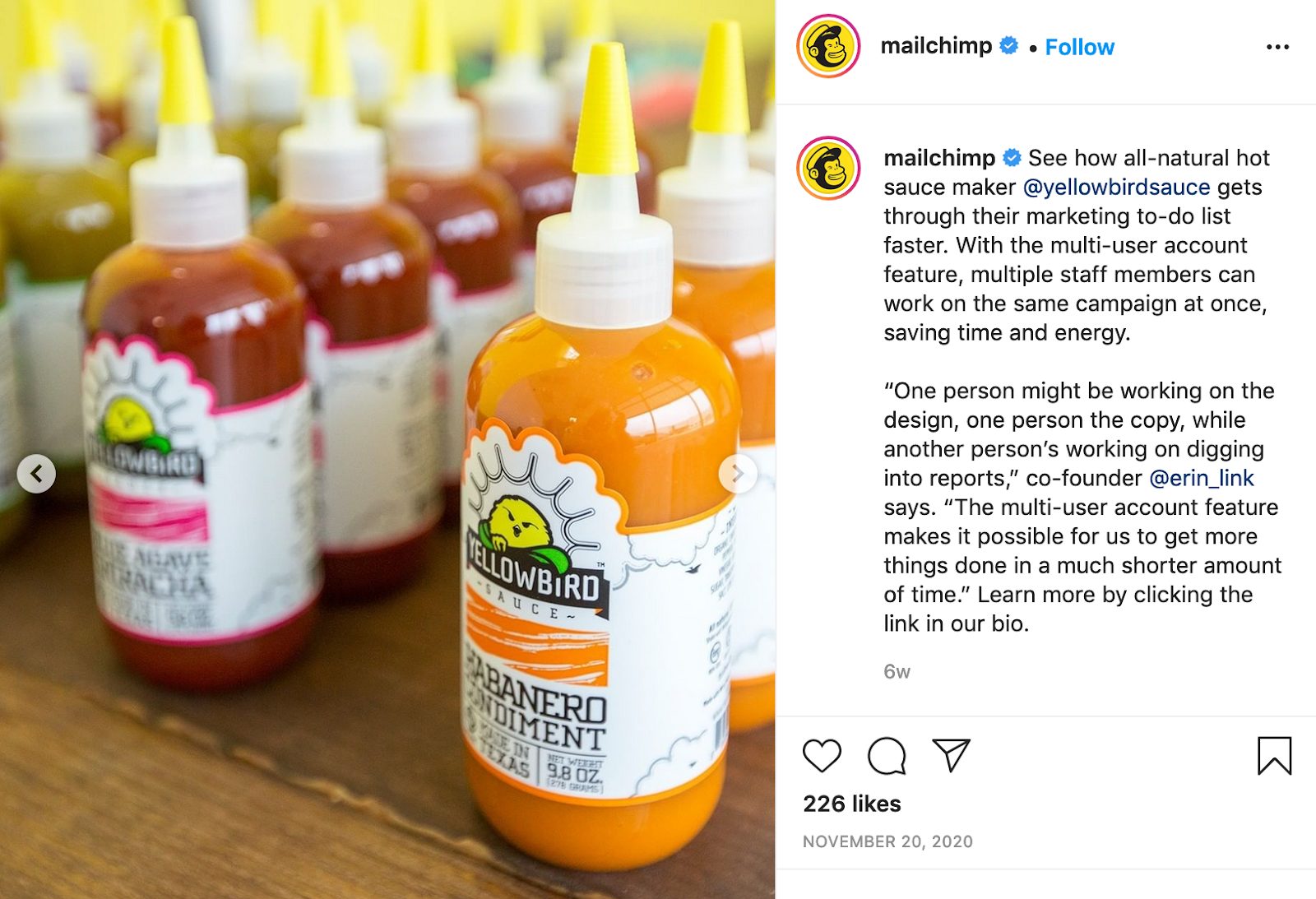
The company understands that business professionals turn to social media for research and aggregating feedback, thus engaging audiences directly on a platform of their choice.
In addition to increasing leads and queries, the campaign helped build a highly-engaged community of influential decision-makers across diverse industries.
Close
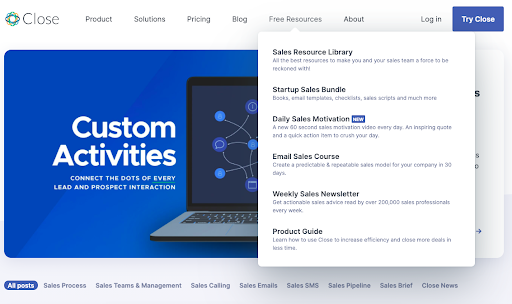
As an internal sales software, Close has an admirable B2B content strategy that isn’t afraid to tackle and breakdown even the most complex topics.
In addition to typical formats, like how-to and listicles, the company’s blogs have in-depth guides, extensive interviews with leaders, and targeted content to answer the most basic questions that decision-makers might have.
They have a comprehensive set of resources, guides, kits, courses, and newsletters that have high-quality content available to their audiences for absolutely no cost at all.
As a result, professionals from across industries use their resources and sign up for updates, in turn, increasing website traffic and leads.
Moz
Moz, a leading provider of SEO solutions, has a novel way of engaging the new and existing audience by creating a regular stream of valuable content.
Named the “Whiteboard Friday,” the campaign involves one of the cofounders or some SEO expert to dive deep into one aspect of SEO each week.
In short videos, ranging from five to 15 minutes in duration, the company is able to provide clear, actionable, and digestible information.
The format is simple because the concept is explained on (you guessed it!) a whiteboard, and the transcript and resources are also made available. What makes this a winner is the combination of the quality on display and the fact that this started back in 2007 and has been consistently done for over 13 years!
Proposify
A provider of proposal software for businesses, Proposify realized the potential of using podcasts for sharing information and communicating with an attentive audience. What’s more, they realized that a run-on-the-mill business podcast wouldn’t be able to stand out and attract the relevant listeners. So, ‘Agencies Drinking Beers’ was launched six years ago to answer business or technical questions in a relaxed and conversational format.
The podcast took off and gained followers from diverse industries. It took the form of ‘Proposify Biz Chat’ and eventually launched a spin-off ‘LTV with Kyle Racki.’
Although fresh episodes haven’t been available for some time now, all the company’s podcast episodes are now available on a variety of platforms and continue to engage the right stakeholders years after their creation.
WP Engine
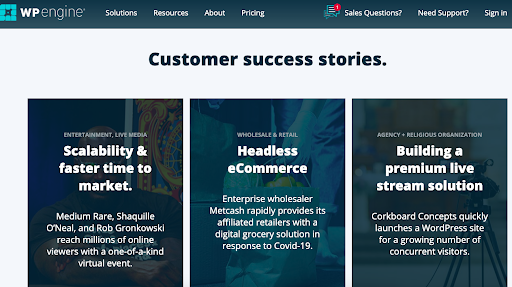
WordPress’s hosting platform exists in a highly-competitive industry that is extremely price-sensitive.
Fully understanding that they cannot market their products and services like a traditional web hosting company, WP Engine decided to target marketers, agencies, and individuals. They did so by explaining their product features, building an open-source community, and generating a tonne of relevant content.
By highlighting how existing businesses and people are using WordPress to enhance their online presence, WP Engine tapped into the audience, which wasn’t as tech-savvy and wanted to start their digital journey right away.
In the form of video and text, the supporting content helped establish context, provide additional information, and answer potential queries.
This approach helped WP Engine highlight its impact on countless businesses worldwide, supporting their customers across their journey.
Squarespace
Squarespace has managed to gain a considerable market share in the website building industry with aggressive marketing and promotion. While most may associate the company with the paid ads in videos, podcasts, and blogs, it also tasted success in more creative methods.
In 2018, Squarespace set out to create a podcast by partnering with Gimlet, a podcast production company. The idea was to invite applications and submissions, with the top three contestants participating in the pilot and an eventual winner at the end of the six-part podcast.
Thousands applied and promoted their application in their networks, meaning that the company got organic promotion in the right circles. This one partnership proved to be so successful that Squarespace made podcasts a critical pillar of its strategy to reach more audiences. And to reiterate the value of podcasts, Gimlet media was purchased by Spotify as well for a whopping $340 million in 2019.
Shopify

While Shopify needs no introduction, most people associate it with setting and managing e-commerce stores and not much else.
Many people don’t know that its blog, podcast, resources, and targeted content get tens of millions of visitors each year. To put it simply, Shopify answers just about any question a business might have about taking their business online, and their content marketing strategy is focused on providing exhaustive, relevant, and accurate information to its audience.
To ensure that their SEO remains strong, the company created in-depth explainer articles and pages as a part of an ‘encyclopedia’ that answers all customer questions related to e-commerce. This means that any business or individual looking to start an eCommerce store who looks for answers from Google is likely to know of Shopify before others.
B2B content marketing best practices
There are a few standard practices amongst the above examples, and imbibing these lessons in your B2B marketing strategy can significantly boost its reach:
1. Create the right CTAs
Having the right call-to-action (CTA) at in your content is crucial to making your marketing impactful.
There are various ways to lead your audience to take the first step and share their contact details or initiate a dialogue. These include asking them to sign up or scan a custom QR code for newsletters, giving a free resource (like an eBook or a survey report), or providing access to premium content.
2. Diversify your content
The cookie-cutter approach to content generation won’t work in B2B marketing. You cannot rewrite existing information and add new keywords to expect results.
Similarly, you must produce content that appeals to professionals from different industries and positions. Your content strategy should have something for beginners and experts alike and be available in various formats.
3. Choose the right medium
While blogging has traditionally been the preferred choice for B2B marketers to attract more leads, they come from various sources today.
Experiment with video, use infographics, create podcasts, be active on social media, and deploy other relevant channels to identify where your target audience is most active. This might take some trial and error, but once you discern how your target audiences consume content, you will be able to establish a sustainable and valuable connection with them.
The video below highlights how visuals are more powerful than text as a medium for powerful business communication.
4. Consistency is vital
Some of the examples mentioned above have been ongoing for well over a decade now. While HubSpot publishes several high-quality articles each day, Moz’s whiteboard videos are a weekly affair.
The vital lesson here is that volume isn’t as important a factor as the frequency is. If you keep providing high-quality content to your readers consistently, there is no doubt that your influence and reach will grow over time.
5. Always add value
Finally, once you have the opportunity to provide content to your audience, don’t waste it.
Every piece of content you produce and publish should have some unique insight that no one else can give.
You should include as many actionable insights as possible and provide the right resources and support to help your audience.
The final note on B2B content marketing
On its face, B2B content marketing can come across as a complicated and challenging undertaking with little room to innovate.
But, with the right plan, channel, and campaign, you will be able to develop the right content for the right audiences, and in the process, maybe even learn a thing or two about your business.
There is no excuse for lack of imagination or experimentation in your content marketing with various new ways to engage business professionals today.
As long as you continue to prioritize generating value, measuring the right metrics, and supporting the customer throughout their journey, it can help your organization achieve its goals.
The bottom line is that if you shift the goalpost of B2B content marketing to delivering value to your audience, everything else will automatically fall into place.
Editor’s note: This guest post comes from Tanishq Agarwal, a marketing analyst at MobStac. Extremely inquisitive about the contemporary developments in marketing tech, he aspires to bring the most pragmatic ones to the forefront.
